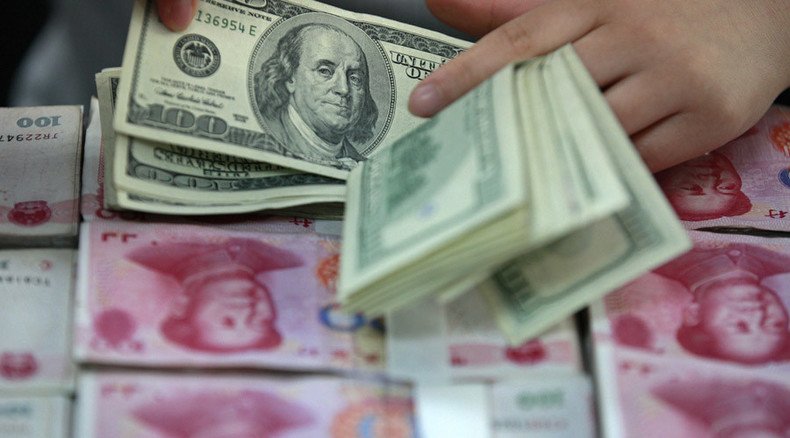IMF in no rush to add Chinese yuan to benchmark currency basket

The International Monetary Fund (IMF) has delayed its decision on including the Chinese yuan in its currency basket till November, saying the currency showed mixed performance when meeting financial norms.
The yuan, also known as the renminbi, met the requirements as a significant currency in terms of international trade, but it did not meet the criteria of being a freely usable one, according to the IMF report issued this week.
The IMF concept of a freely usable currency concerns the actual international use and trading of currencies, and it is distinct from whether a currency is either freely floating or fully convertible.
"If the RMB (renminbi) were determined to be a freely usable currency, it would play a more central role in the Fund's financial operations going forward, and it would qualify for inclusion in the SDR basket," the report said.
READ MORE: G7 agree ‘in principle’ to add Chinese currency to IMF basket – German Finance Minister
The Chinese yuan is increasingly used in cross-border transactions and heavily traded in Asia, but it is only thinly traded in North America and is not commonly used in international debt securities.
The report also pointed to the fact that the renminbi was tightly controlled by the Chinese government. Washington, as the IMF's largest shareholder, has long accused China of keeping the yuan undervalued to boost exports.
Both imports and exports fell sharply in China in the first quarter of the year. The disappointing real-economy figures were matched by a 30-percent stock market slump in June. Beijing was applying every possible measure to prop up the country’s cooling economy, which in the first quarter showed the slowest quarterly growth since the global financial crisis in 2008.
READ MORE: China’s manufacturing index tumbles to 2-year low
The implementation of any formal decision to add the yuan to the IMF Special Drawing Rights (SDR) basket should be delayed till September 2016 to avoid disrupting financial market trading on the first day of the new year, the IMF said. Reserve asset managers would need about six months’ notice to adjust to a change, according to Siddharth Tiwari, director of the IMF's strategy, policy and review department.
The SDR basket was created by the IMF in 1969 to supplement its member countries’ official reserves. The basket’s value is currently based on the US dollar, the euro, the British pound and the Japanese yen.
The IMF reviews the SDR basket valuation method every five years. The last time the currency basket was modified was in 2000, when the euro replaced France's franc and Germany's deutschmark.











